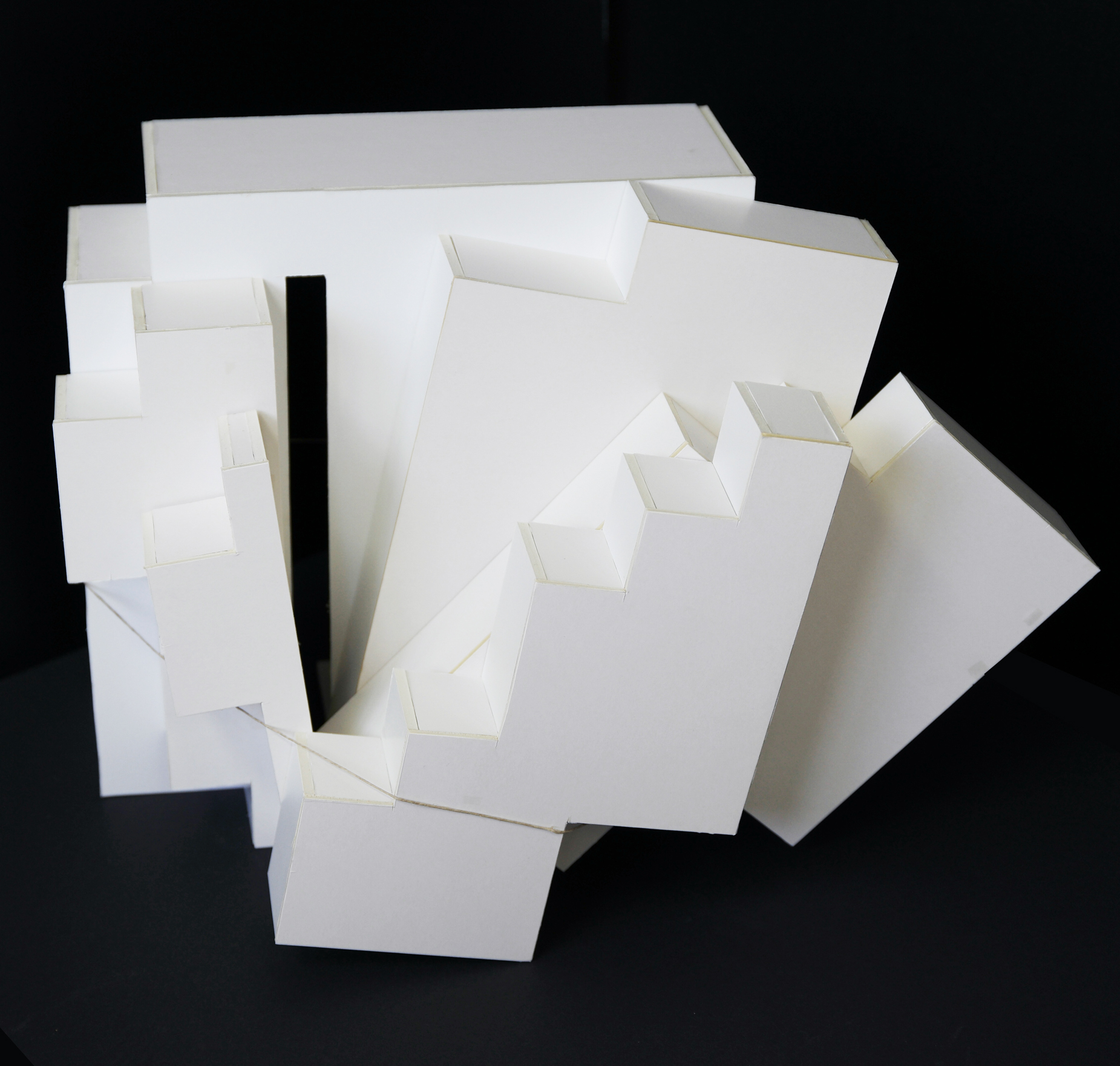
[fade]↑ Field drawing of site A9. E18 Tvedestrand-Arendal project, 2015[/fade]
Kvastad A9 was situated between 54 and 55 metres above present sea level on the west side of an esker. A small concentration of mainly flint finds, covering no more than 7m², was recovered at the site, located centrally on a sheltered plateau defined by very fine sand, virtually free from stones. The 205 finds include large blades from cores with opposed platforms and tanged arrowheads made from blades, consistent with the view of the site being used during an Early Mesolithic, shorebound phase. Starting from 8700 cal. BC, the site would have been placed on the tip of a promontory, overlooking the inlet to a system of fjords to the west and with easy access to the open sea in the east.
The finds were located in close connection to a conspicuous concentration of fist-sized stones, which is argued to either constitute the remains of a hearth or cached boiling stones. The absence of coal, soot stains or burned flint would point to the latter. Similar structured hearths are however known from other regions, where they are associated with darkened soil, and it is possible that the pedological processes at Kvastad A9 have obliterated any charcoal originally deposited. This phenomenon is evidenced by several diffuse pit features that were excavated at Kvastad A9. These were characterized by subtle rings of reddened sand and were in the end seen as the result of tree throws.
The site seems to have been used during an extremely short time period and as such puts the traditional view of single episode sites into question.
(Source: K. Darmark (in print): Kvastad A9 – An Early Mesolithic hearth-centered activity area with traces of later visits and natural formation processes. In: G. Reitan & L. Sundström (ed.): The Stone Age of Aust-Agder county, South Norway. Archaeological excavations in connection with the new E18 Tvedestrand-Arendal. Oslo, Cappelen Damm.)
[fade]→ Model of excavated area of site A9 in four layers. The model in cardboard is divided to show the four layers separately and horizontally
Dimensions
70x70 cm[/fade]
[fade]↑ Sculpture of excavated area of site A9 in four layers in cardboard
Dimensions
32x40x27cm[/fade]
[fade]↑ Photograph of sculpture of excavated area of site A9 in four layers. This sculpture is made of cardboard and was displayed in the archaeological excavating field in Arendal at the exhibition SITUATIONS (part 1) in June 2016.
Dimensions
32x32x10 cm[/fade]





